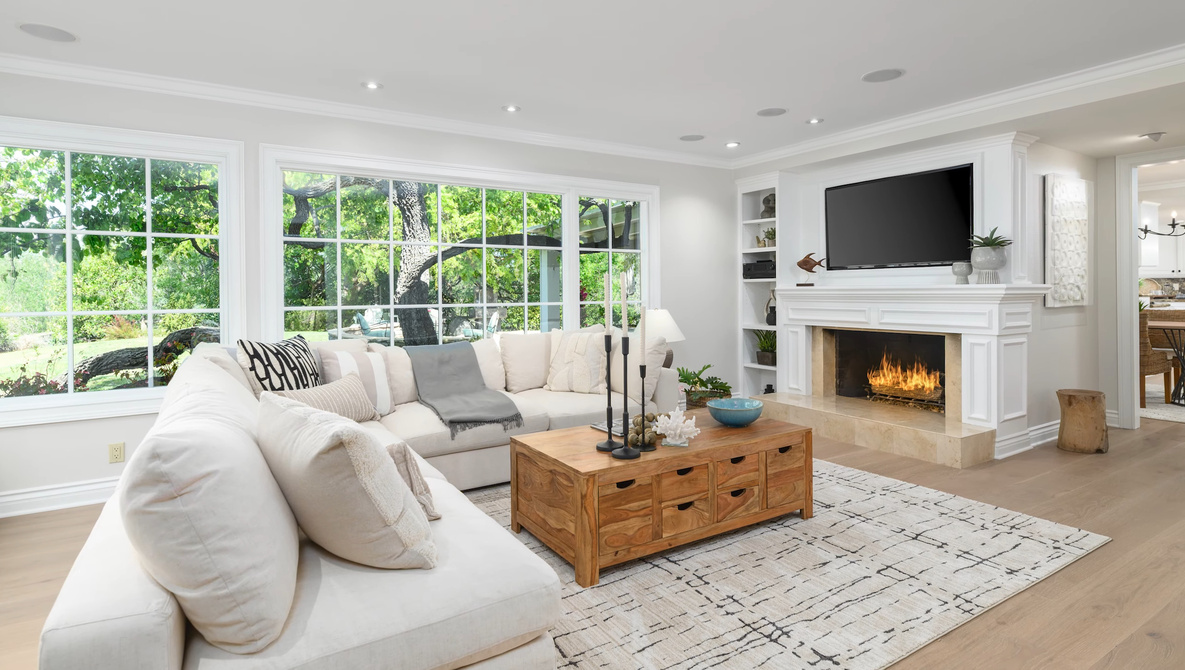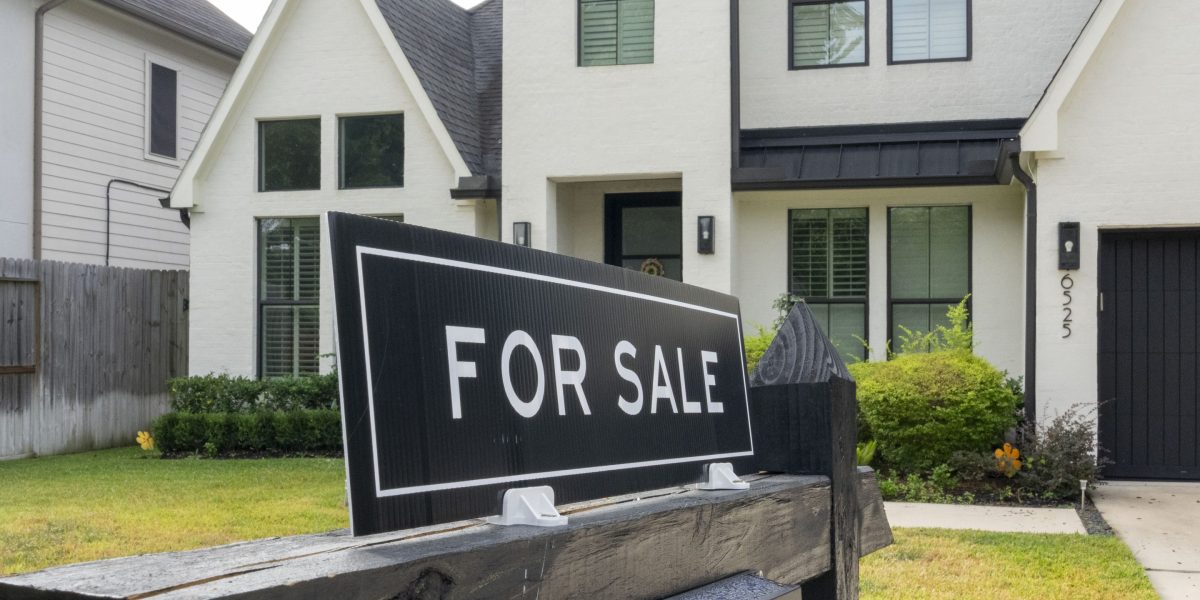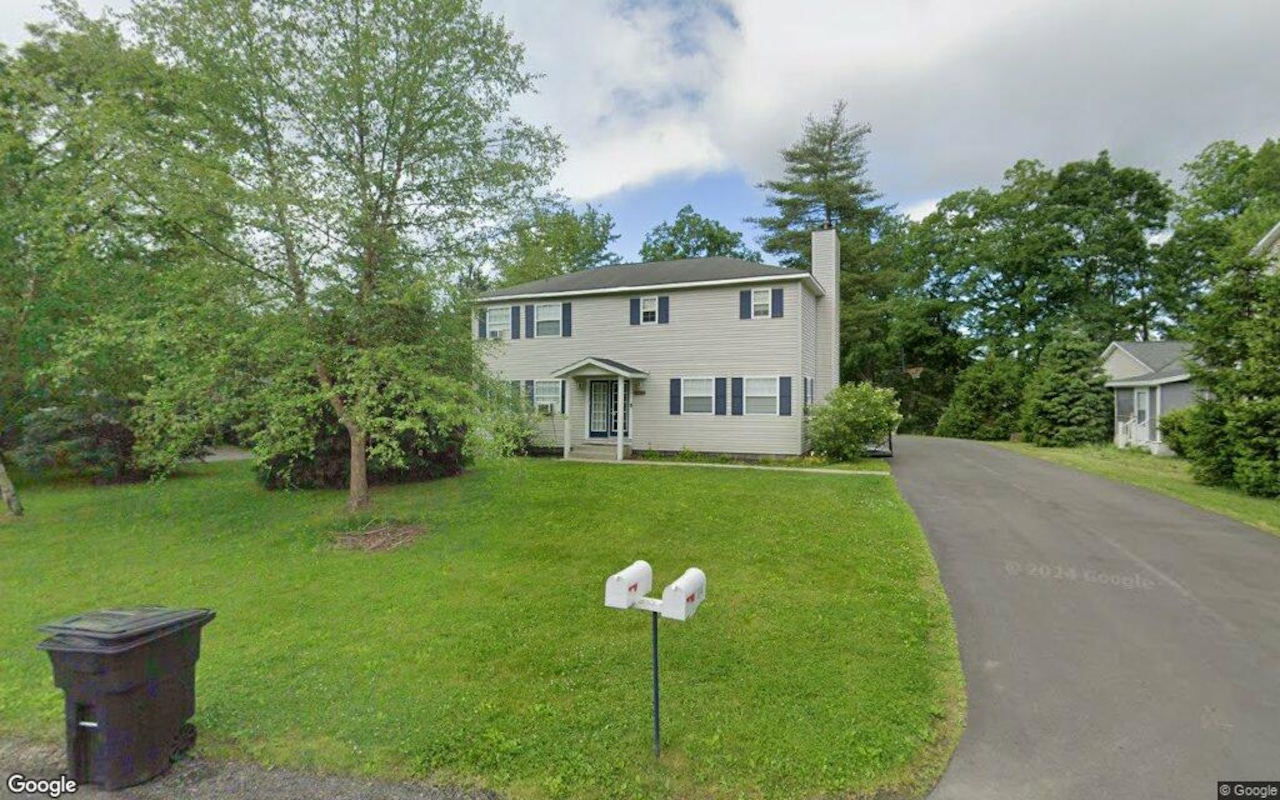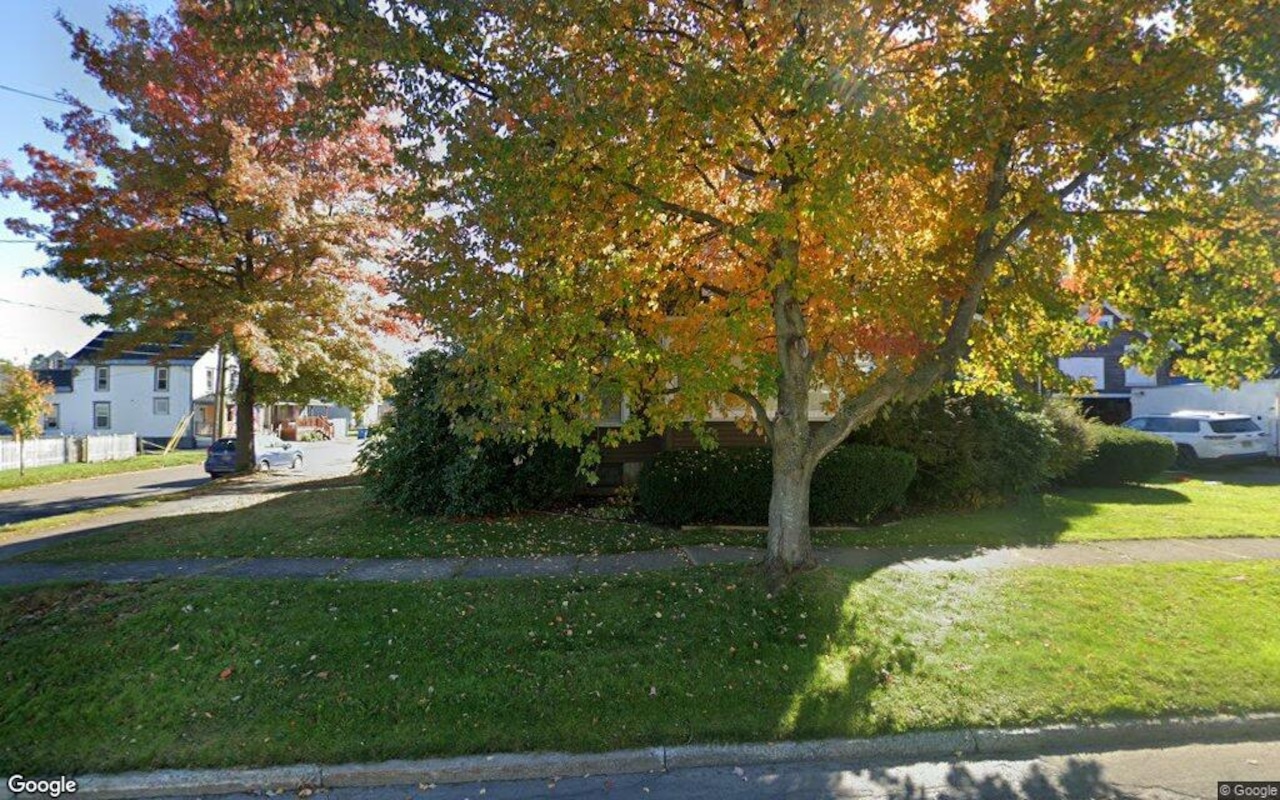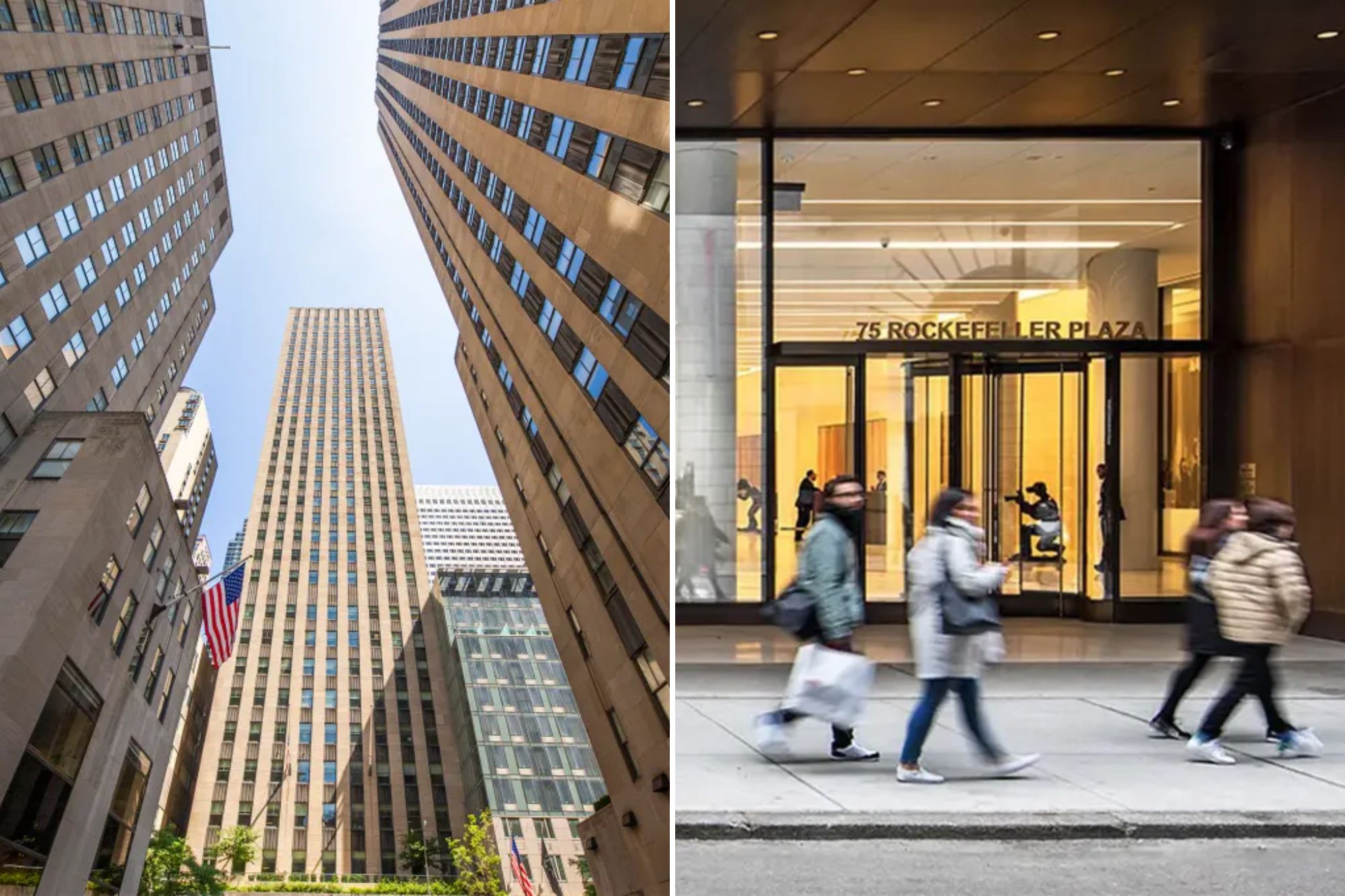L
ens selection for real estate photography is a critical decision that affects not only image quality but also your workflow and bottom line. In this video, Nathan Cool Photo breaks down the options into three categories: native f/2.8, native f/4, and third-party lenses.
Native f/2.8 lenses offer faster autofocus, which is beneficial for fast-paced subjects like wildlife or sports. However, in real estate photography, where subjects remain stationary, this feature becomes less relevant. Third-party lenses from manufacturers like Sigma or Tamron often deliver comparable results at a lower cost, with slightly slower autofocus that's negligible in real estate work.
The video highlights the compromises made by lens manufacturers, particularly with f/4 lenses. These lenses often come with built-in software corrections that mask true lens performance. Cool demonstrates this using raw files from photographers, revealing notable distortion and vignetting concealed by these embedded profiles.
To accurately assess lens performance, Cool recommends bypassing forced corrections using specialized software. This transparency is crucial for achieving consistent results and understanding what you're investing in.
Higher-priced f/2.8 lenses typically provide better optical quality due to mechanisms that reduce distortion. However, some third-party lenses, like Sigma's 14-24mm f/2.8, subtly extend internally while maintaining remarkably low distortion. This comes at the cost of weight and size, which should be considered depending on your shooting conditions.
The video also emphasizes the importance of a focus distance window or display, particularly for cameras lacking built-in focus scales. This visual confirmation helps ensure sharp images in challenging scenarios like backlit interiors or low-contrast scenes.
Cool briefly touches on Canon and Sony lenses, recommending third-party alternatives like Sigma's 14-24mm f/2.8 for its balance of price, sharpness, and minimal distortion. He advises steering clear of specialty lenses due to practical complications for real estate work.
